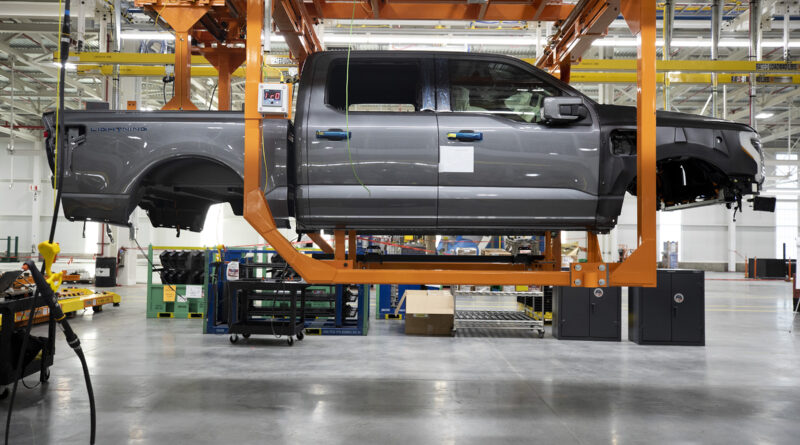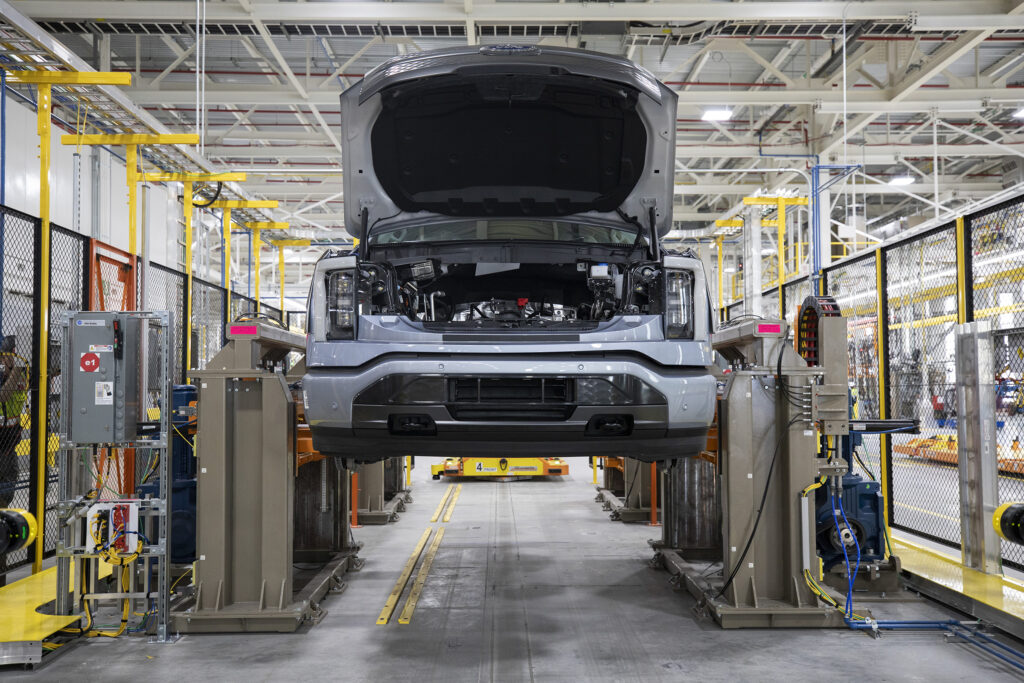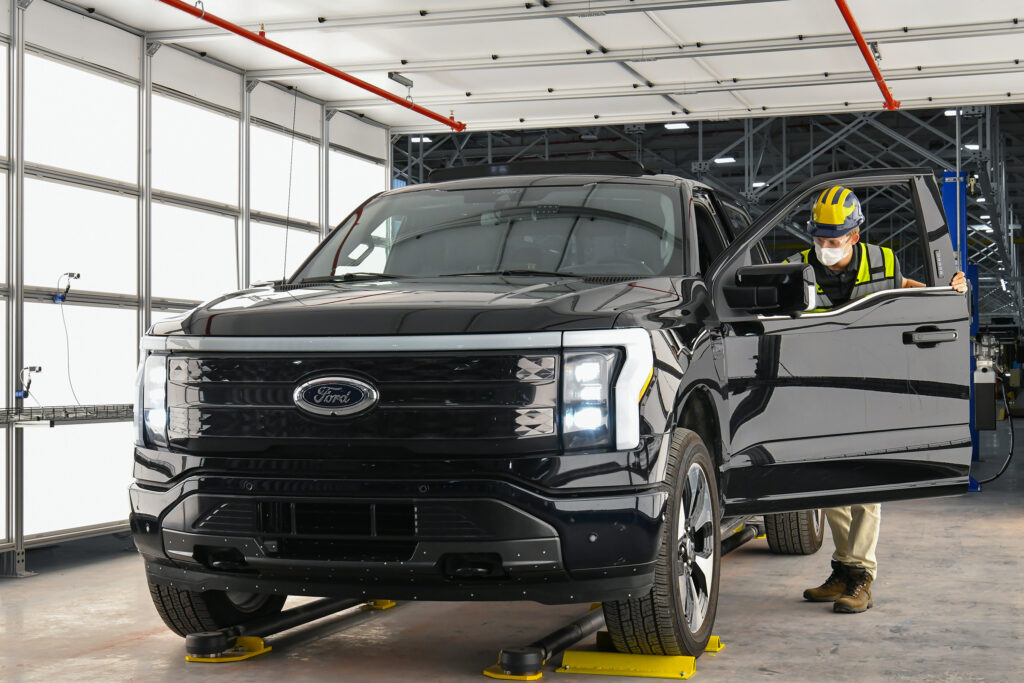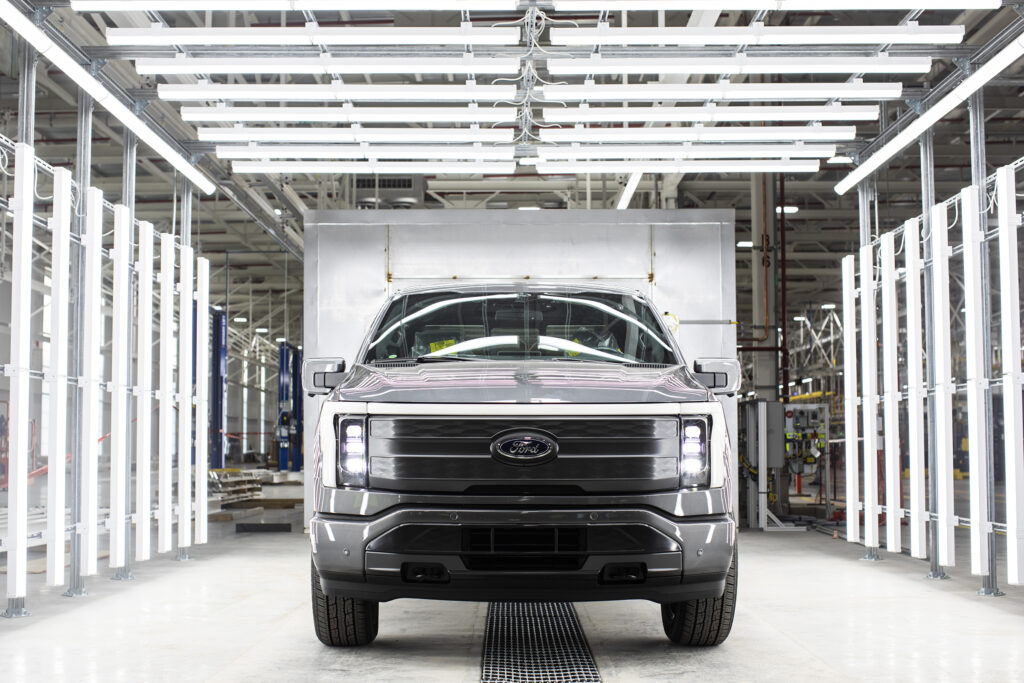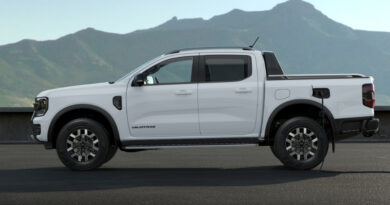F-150 Lightning production begins as Ford doubles capacity to 80,000
Ford has started manufacturing the F-150 Lightning electric ute ahead of first customer deliveries in April or May 2022.
And the company that leads the US ute market has confirmed it will double planned production capacity for the F-150 Lightning to 80,000 vehicles annually.
Ford executive chair Bill Ford says interest in the US$40,000-plus ($55,000) EV ute caught the company off guard.
READ MORE: EV ute overload: Every electric ute and pickup coming soon
“We knew the F-150 Lightning was special, but the interest from the public has surpassed our highest expectations and changed the conversation around electric vehicles,” said Ford, adding that the company had “a chance to make history and lead the electric vehicle movement in America”.
“So we are doubling down, adding jobs and investment to increase production.”
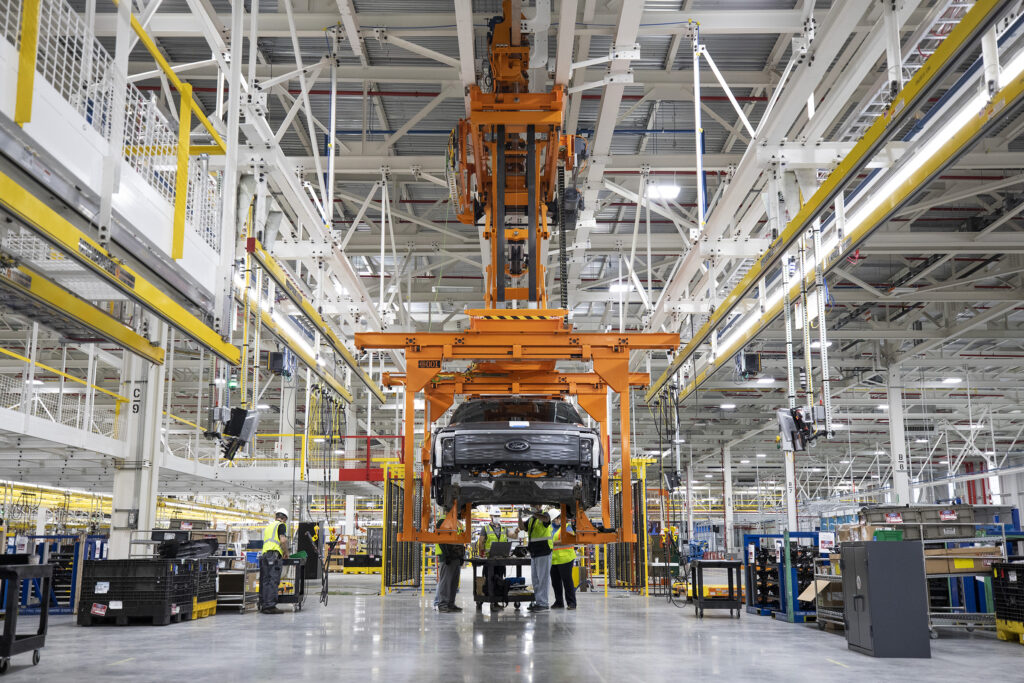
Making history with EVs may already have been well and truly sealed by Tesla – which set the global template for EVs – but Ford wants to pick it up with utes, which are at the heart of the company.
The Ford F-Series that forms the basis for the F-150 Lightning has been the top-selling pickup truck in America since the late 1970s. At times it has also been the top selling vehicle in the world and accounts for big chunks of Ford’s revenue, something the company clearly doesn’t want to see go to rival manufacturers.
The F-150 Lightning is being offered with dual motors for all-wheel drive capability that is designed to meet the “Built Ford Tough” marketing tagline.
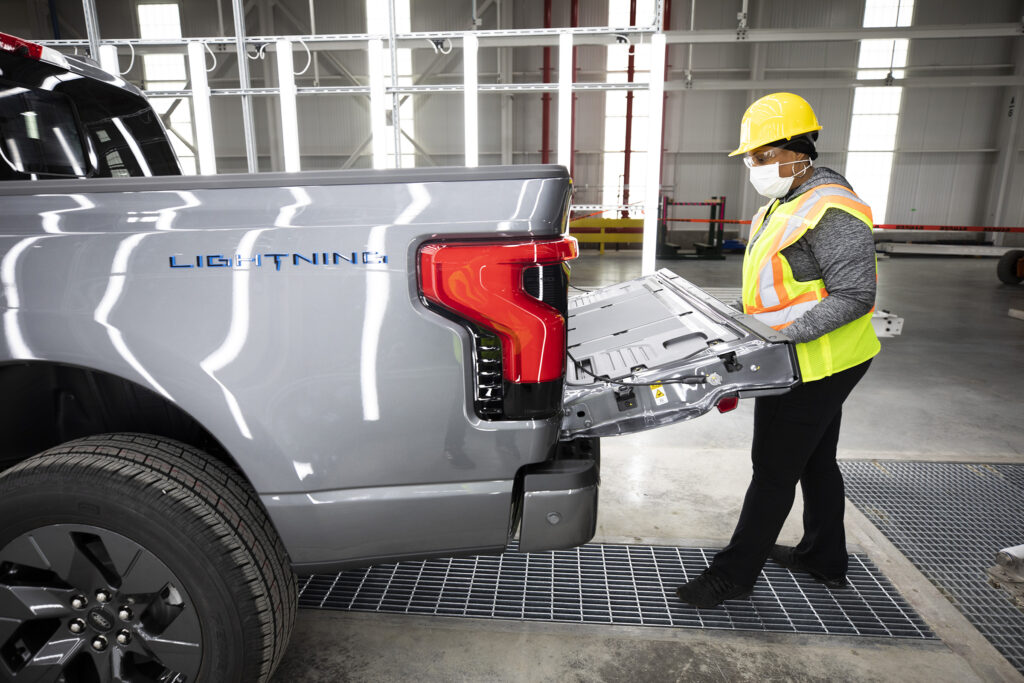
A regular battery has about 370km of EV range and an extended range battery boosts the range to 480km.
The Lightning can also be used to power other items – such as tools and camping gear – while bi-directional charging capability allows it to provide up to 9.6kW to power a house.
The activity at the Rouge Center in Ford’s hometown of Dearborn, Detroit comes just days after rival Rivian began manufacturing of its R1T EV pickup truck, emphasising the importance of the growing market that is set to include more than a dozen electric utes.
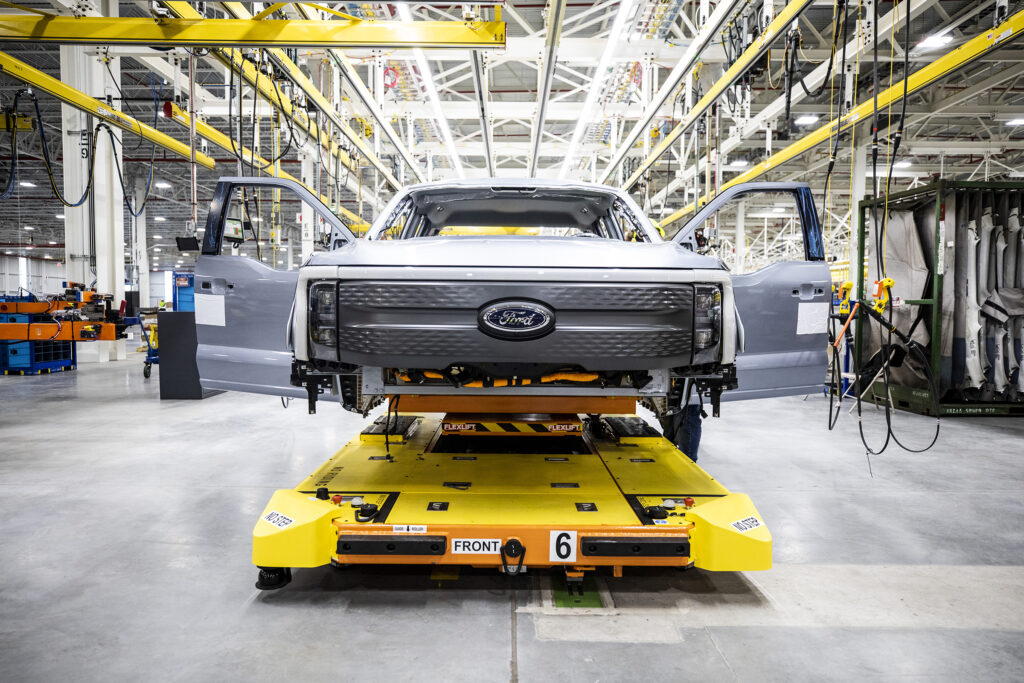
Other EV utes currently being developed include the GMC Hummer, Chevrolet Silverado and Ram 1500. Ford also says it will build an EV version of the Ranger, while Ram is preparing a mid-sized Dakota EV.
However, whereas the Ford cars currently being manufactured are pre-production vehicles set for further testing, the R1Ts by Rivian – an EV startup that has investment backing from Ford and retailing giant Amazon – are customer cars.
While some still have questions about the suitability of electric motors and batteries for utes – or pickup trucks, as they’re known in America – interest and demand continues to surge beyond what many manufacturers predicted.
Tesla’s radical Cybertruck – which has been delayed until 2022 or (more likely) later – reportedly has about 1.3 million “pre-orders”, although many of those pre-orders may never translate into sales, given all they require is a refundable $150 deposit.
Ford has spent US$950 million on the Rouge Center, which has been building cars since 1927.
It includes a high level of automation that allows robots to turn the cars upside down as they roll on automated platforms, making fitment of underbody components easier.
Part of the upgrades included fitment of LED lighting and the use of natural light as well as using hydrogen fuel cell EV forklifts.
Ford has committed to spending US$30 billion on a shift to EVs by 2025.

